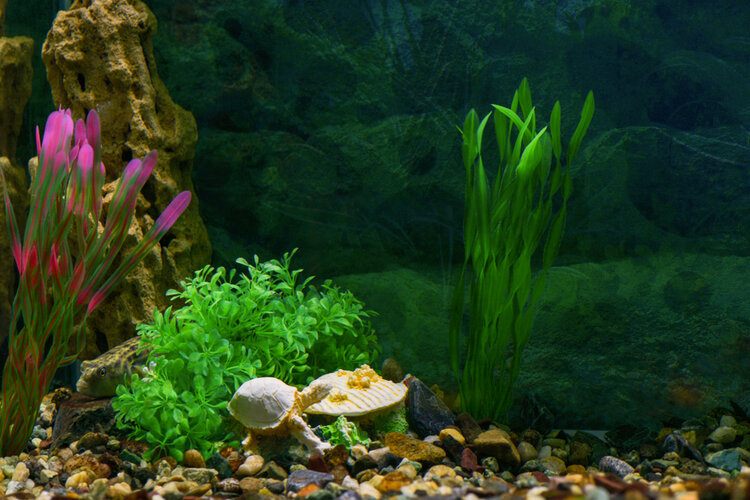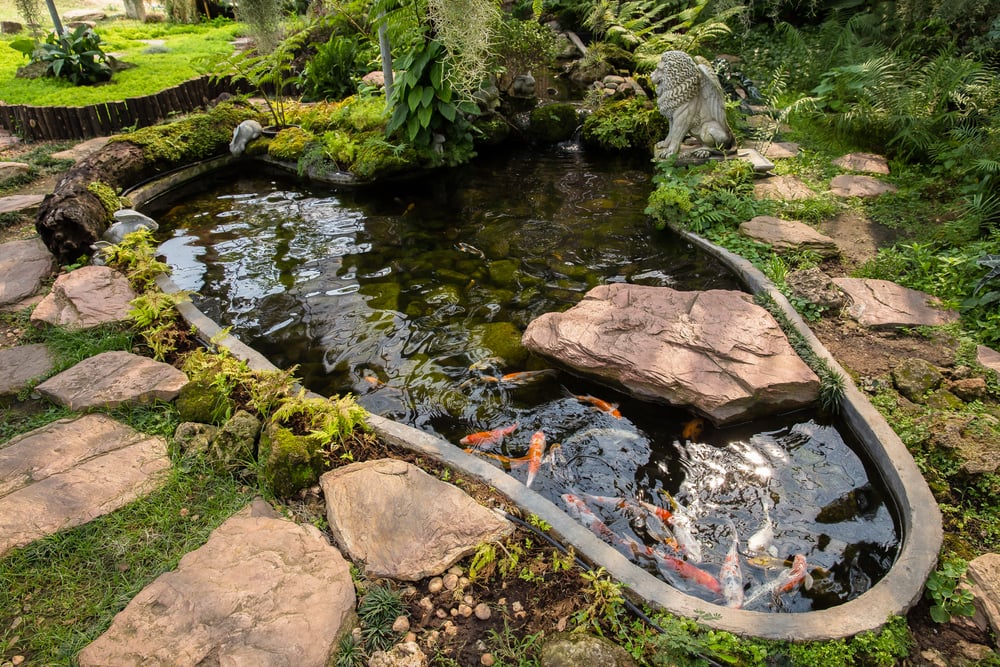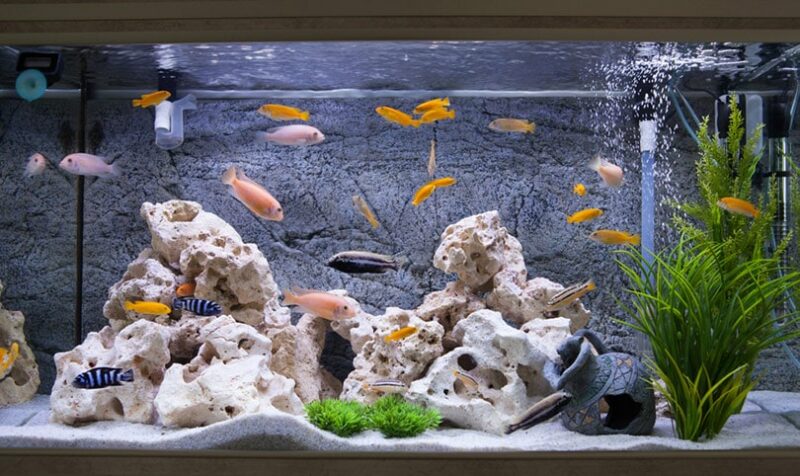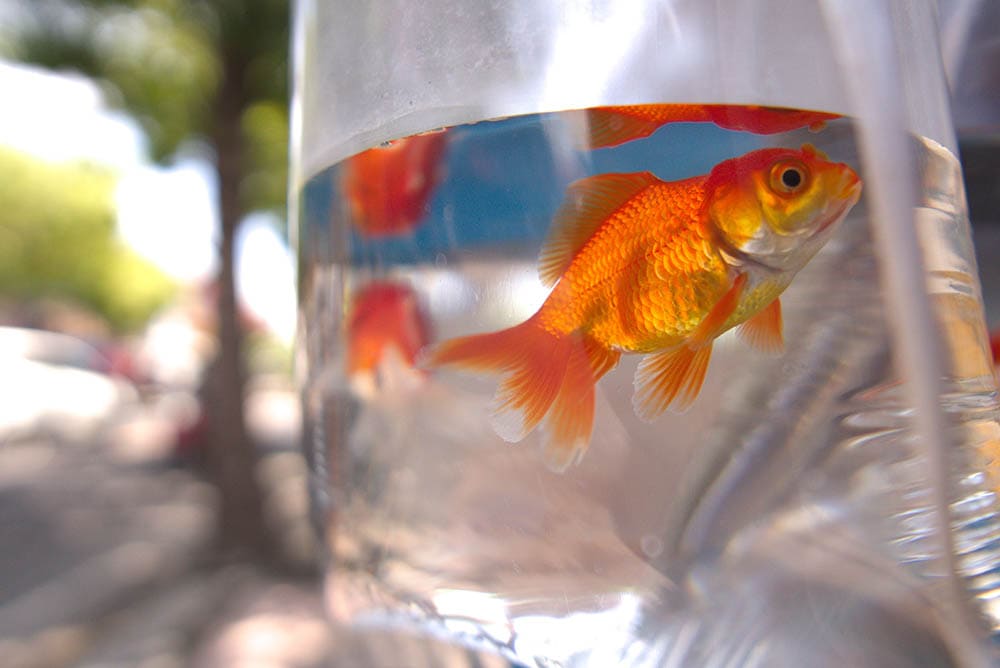
Just like everything else in your fish aquarium, the plastic plants must be cleaned at least occasionally to keep moss and other debris from building up on them. It’s a good idea to tackle this cleaning task before signs of moss buildup occur, such as when the plants start looking lackluster. But how should you go about doing that? Here is a quick and easy guide to cleaning plastic aquarium plants.

The 6 Steps for Cleaning Plastic Aquarium Plants
1. Remove the Plants
The first thing that you should do is remove the plastic plants from the aquarium. The best time to do this is during a water change, when your fish are not in the tank, and you are already stirring up debris as you work. If this is not possible, take care to pull the plastic plants out slowly and deliberately. Be careful to stir up as little debris as possible.
You can use your hands or a net to pull the plants out of the substrate. Whatever method you choose is what you should use to realign the substrate to create a flat ground once the plants have been removed. This will keep your fish from getting stuck in the holes where the plants were.
2. Rinse and Soak the Plants
After removing the plants from your aquarium, rinse the excess debris away under warm running water. Everything but algae should fall off or at least loosen up. After rinsing the plants, soak them in a combination of hot water and aquarium-safe cleaning solution. Follow the instructions on your cleaning product to determine how much you should add.
If you don’t want to use a commercial cleaning solution, you can mix 1 part water with 1 part apple cider vinegar to create a soaking solution for your plastic aquarium plants. Let the plants soak in the water solution for about 20 minutes before moving on to the next step. This should loosen anything that was left behind after rinsing.

3. Scrub the Plants
If debris and moss are still present on your plastic aquarium plants after soaking them, you can use an old toothbrush to scrub the stubborn stuff away. Scrub each plant under running water to rinse debris away as it comes off the plant. There are commercial cleaning scrubbers and solutions that you can utilize for extra cleaning power, but those products are not always necessary.
4. Rinse the Plants
After rinsing, soaking, and scrubbing your plants until they are clean, it is important to give them one final rinse to ensure that no cleaning products or other residue that could negatively affect your aquarium are left behind. Fill a sink, bucket, or tub with hot water, and vigorously wave each plant under the water. This should rid the plants of leftover residue and make them ready for reintroduction to the aquarium setting.
5. Dry the Plants
The final step before putting your plants back into your aquarium is to thoroughly dry the plants. This is important because you should never introduce any water to the aquarium that has not been properly acclimated to meet the aquarium’s environmental structure. Even a couple of drops of “alien” water can create an imbalance. Therefore, you should let your plastic aquarium plants dry in the sun (whether outside or through a window) for a few hours until you cannot detect any moisture on them.
6. Reintroduce the Plants
Once your plastic aquarium plants are completely dry, it is time to reintroduce them to your aquarium. Put them back the same way that you took them out. Be careful, slow, and intentional while you work. The slower you are, the less mess you will make.


Conclusion
Cleaning plastic aquarium plants does not have to be a long, drawn-out process. Although there are multiple steps involved, it can all be done in one afternoon. The best time to clean your plastic aquarium plants is when you are cleaning the water and tank itself. It’s always a good idea to clean your plants before any obvious residue and debris buildup develops — it will make your job easier as time goes on.
Featured Image Credit: Bk87, Shutterstock







